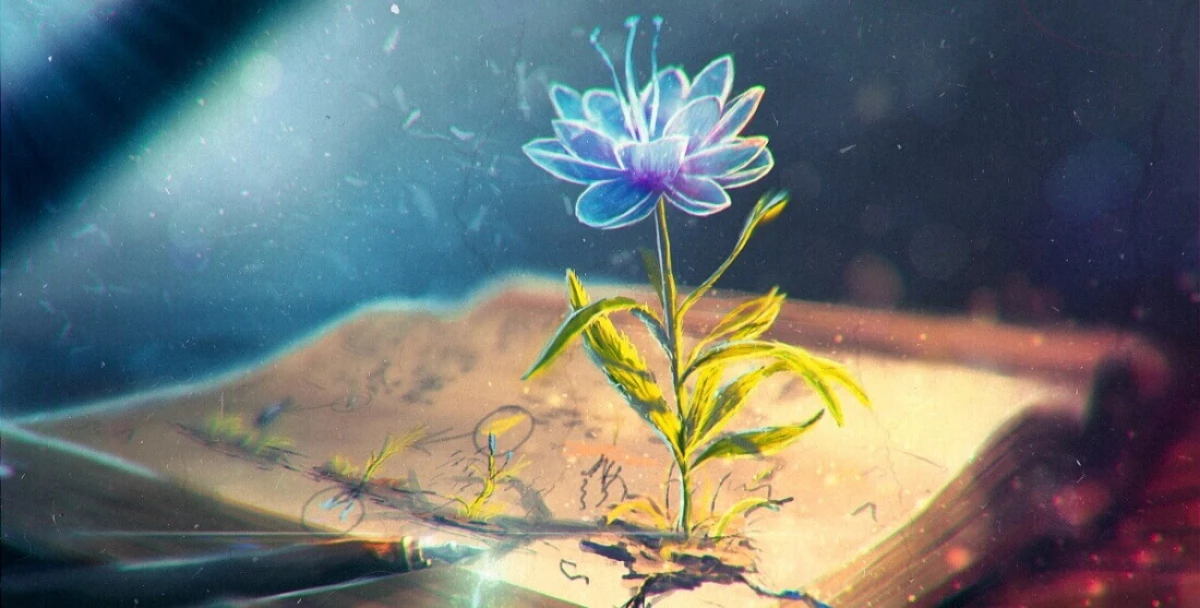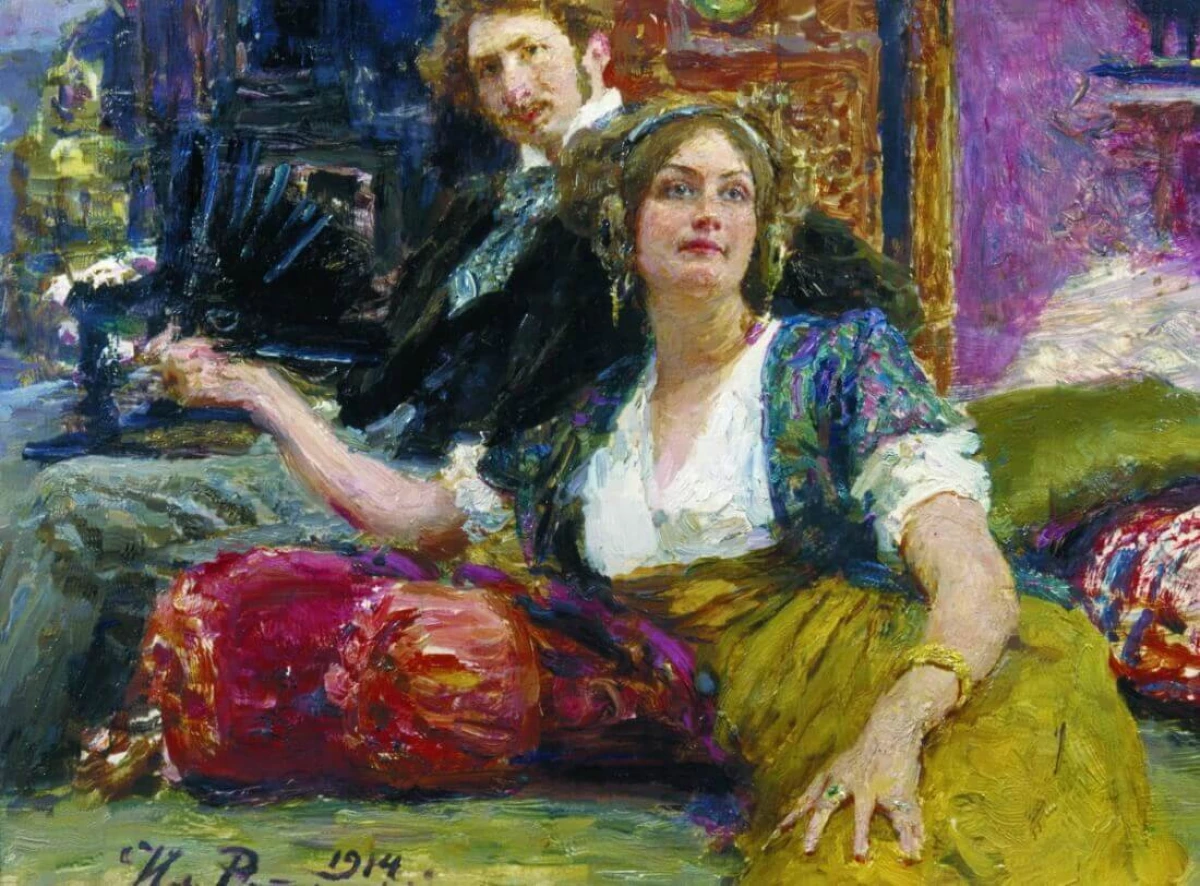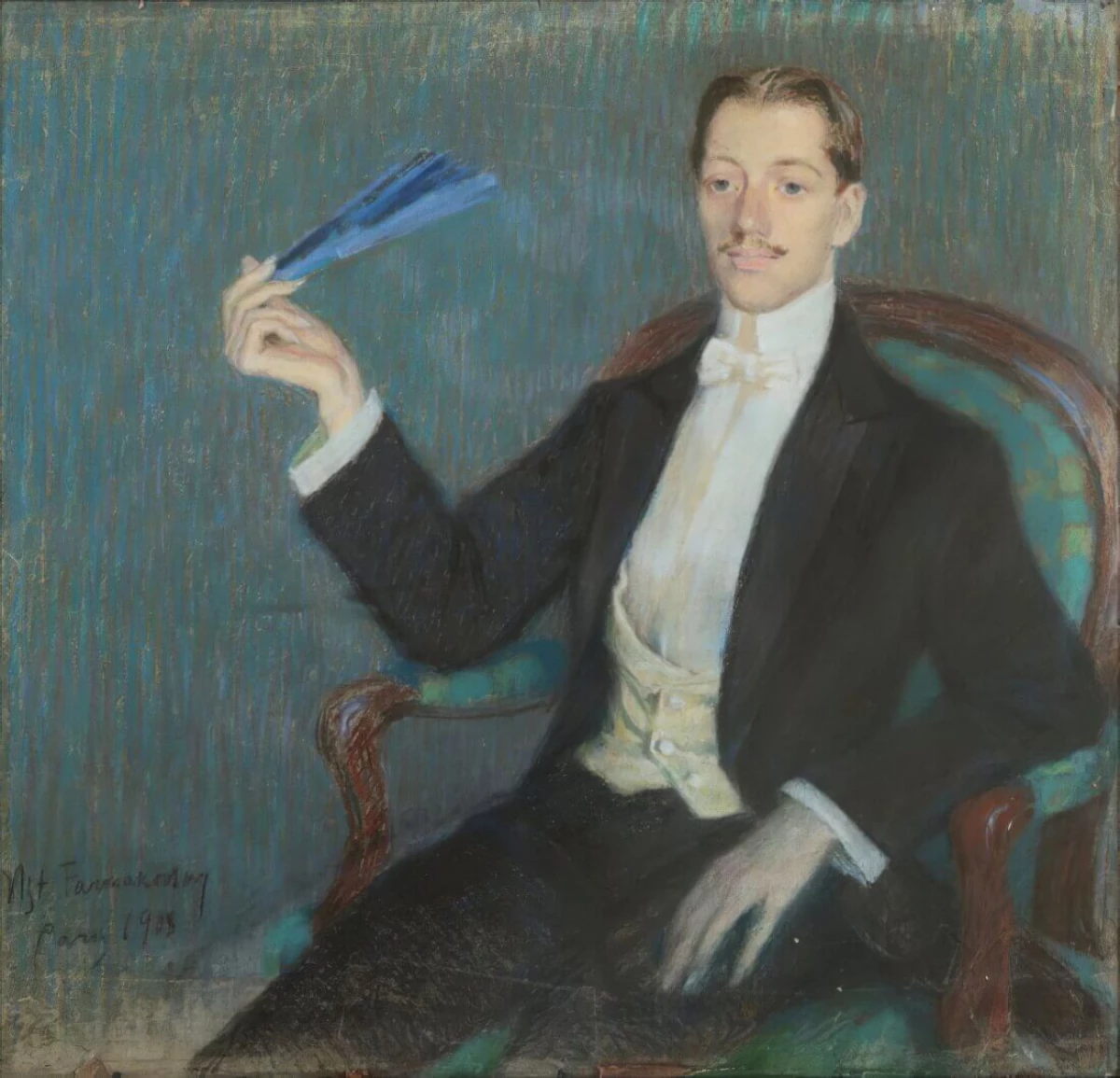
Axism is one of the directions of modernism, which emerged in Russia at the beginning of the first decade of the twentieth century. The name was formed from the Greek word AKME - blooming force.
In the winter of 1912 in St. Petersburg, the poets Nikolai Gumilyov and Sergey Gorodetsky delivered program reports that have become aqmeism manifests. Adherents of the new current: Anna Akhmatova, Osip Mandelstam, Vladimir Narbut, Mikhail Zenkevich - stated his desire to the tops of poetry, and the main principle was proclaimed from the extremes of symbolism.
Axism came out of the subsoil symbolism
In the work of the legacy of symbolism and akmeism, Gumiles respectfully referred to the symbolism of a "worthy father", but stated that the younger generation had a courageous and clear look at life, and for him the main thing in poetry is the artistic development of the real world's diversity.
Gorodetsky in the work "New currents in modern Russian poetry" confrontation of aqmeism and symbolism categorically equated to a fight for the sounding and colorful world. The second name of the aqmeism is adamism. The essence of the new direction is so pronounced by Gorodetsky:
The world is spacious and multilateral, and he is a multicolored rainbow, and the Adam is charged, the inventor of the names.
Down with the nebula and mysteriousness
If the poems of symbolists are distinguished by musicality, the creativity of the poets of the new flow is close to painting, sculpture, architecture. Overcoming the zyibility, the multi-consciousness of the symbols, the aqmeists elevated in the cult of the content, the laconicity and perfection of the form of the poetic work.
All canons of aqmeism answered the rows of young Akhmatova:
The stubborn mat under the icon, in the cool room dark, and thick ivy dark-green curly wide window.Axism brought with them not freshness of the worldview, but the freshness of taste sensations, "considered Mandelstam.
Like dark water, I drink the facing air, the time plowed by a plow, and the rose was the earth.Poets Valery Bryusov, Vyacheslav Ivanov, Andrei White reproached representatives of the current flow in the verified proportionality of the image of a lyrical hero and the lack of searching for the spiritualist source of life.
The new direction will not briefly united young verse vehicles. The solid philosophical and aesthetic program was absent, and the framework of the unified flow was shyned by the work of talented poets-ameist.

Multified aspirations
Poet of Akhmatova always distinguished himself to the traditions of Russian classical literature, and the work of Mandelstam was distinguished by the desire for philosophical comprehension of history. The poems of Gumileva, especially in the pre-revolutionary period, most fully corresponded to the acmeistical principles:
We go through the foggy years, vaguely feeling the breath of roses, in centuries, in spaces, in nature to conquer the ancient Rhodes.Over time, the voice of thoughtfulness begins to sound in the work of poets-aqmeists, confusion and confusion appear, the motives for finding and adopting high spiritual and moral ideals increase.

Nowhere but Russia
Akmeism existed only in Russia, and his adherents were able to find special ways to materialize the experiences of the lyrical hero. It is with this unique direction that the creativity of the poets that have had an exceptional impact on the subsequent development of poetry is connected.
Used Books:
- "Russian writers" (bibliographic dictionary edited by P.A. Nikolaev),
- "Silver Age of Russian Poetry" (manual for teachers),
- Collections of poems.
